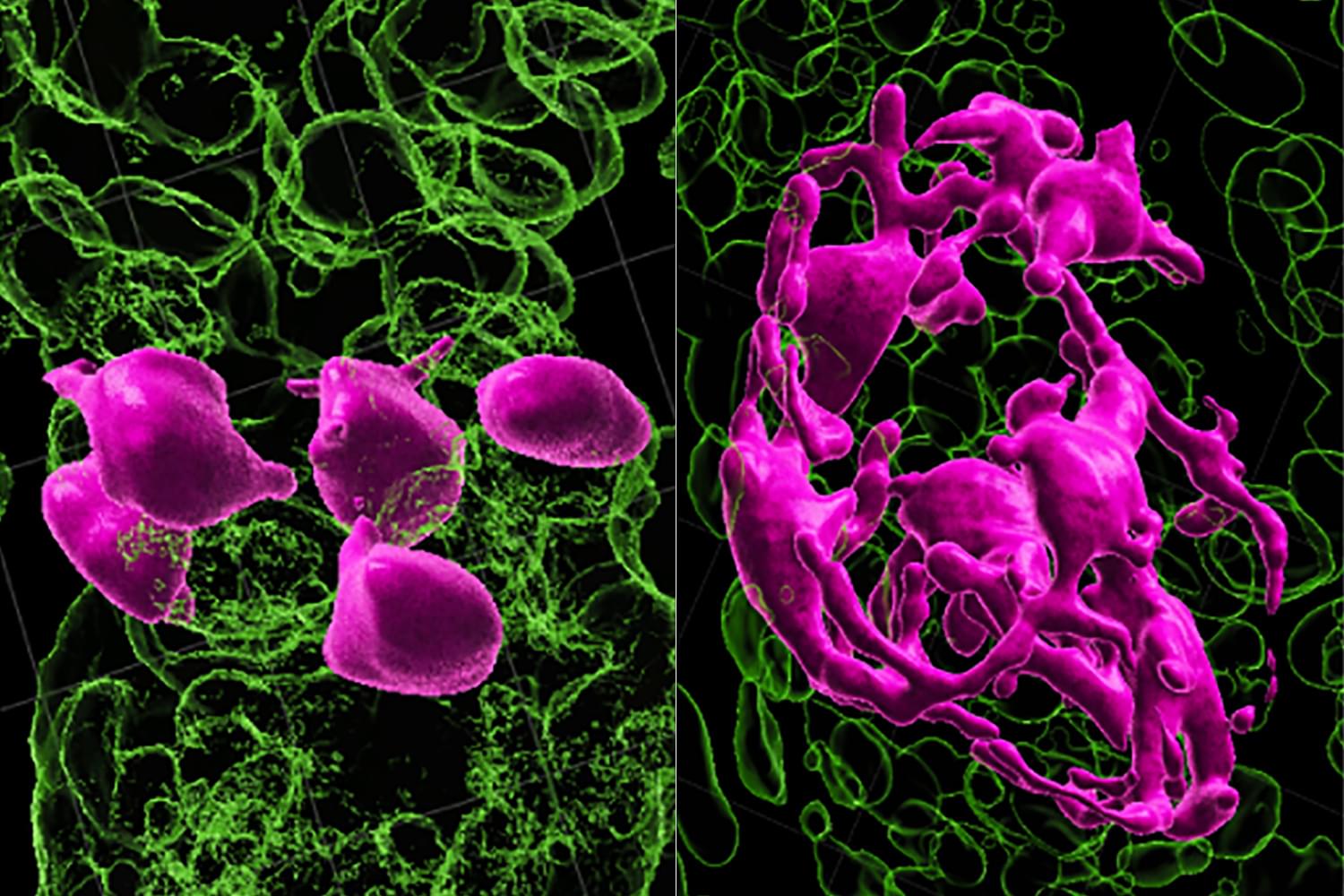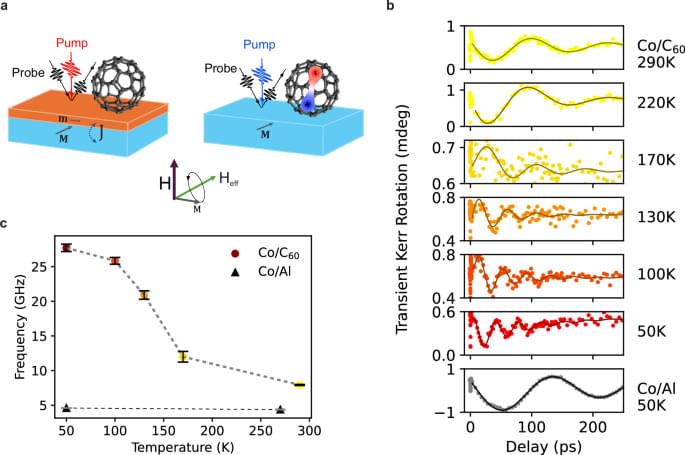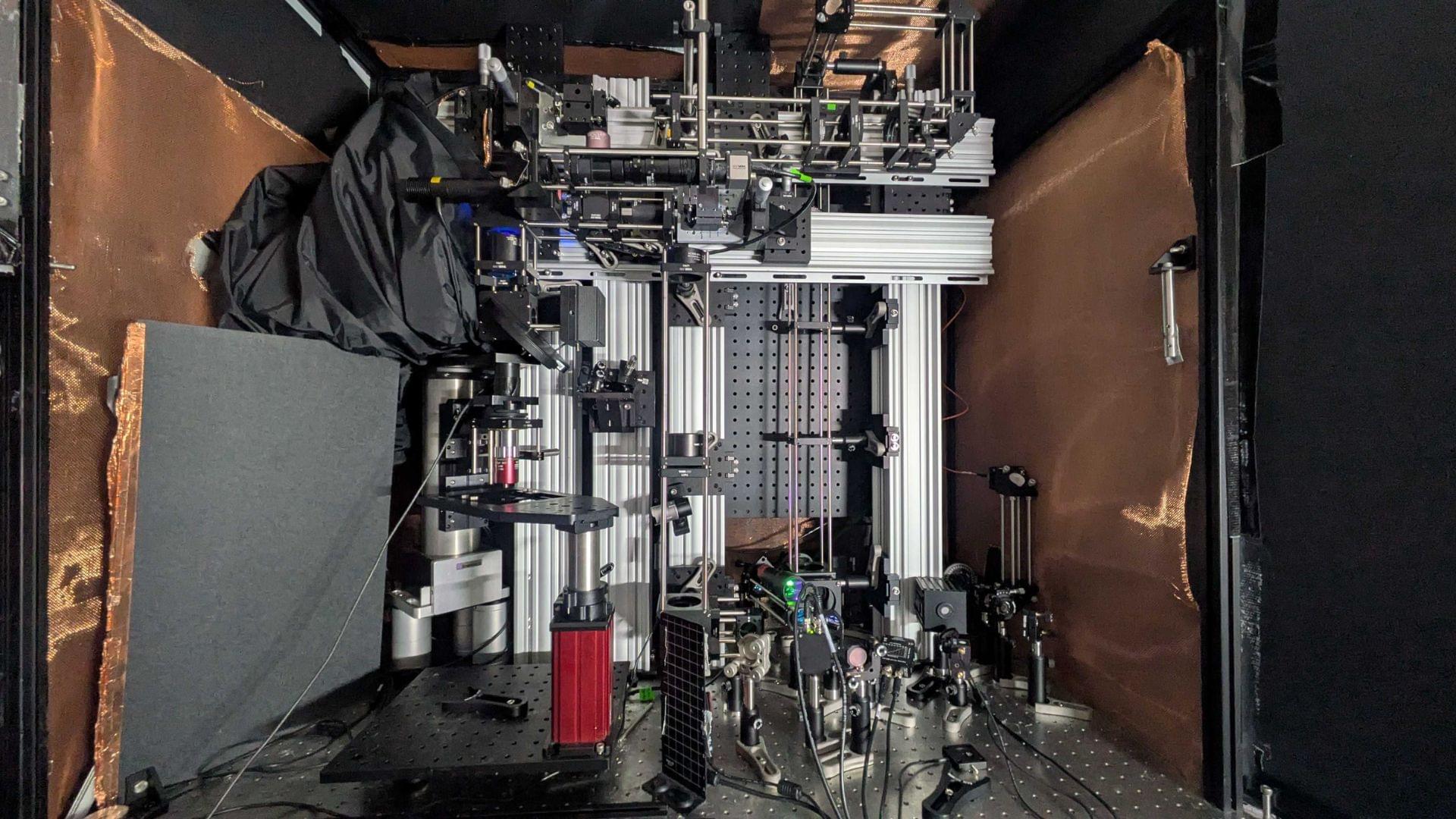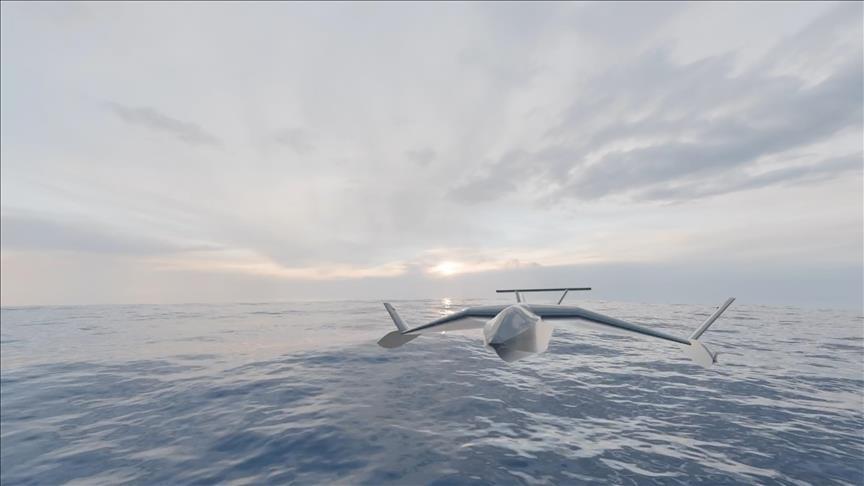Building complex life shows a striking similarity to building with LEGO bricks.



No, it’s not a riddle – Thaddeus Daniel Pierce was created when his parents were toddlers, but was born decades later.


Clinical validation of stem cell reactivation approach positions Pelage as leader in regenerative medicine and aging
LOS ANGELES—(BUSINESS WIRE)— #HairLoss —Pelage Pharmaceuticals, a clinical-stage regenerative medicine company, today announced positive results from its Phase 2a clinical trial of PP405 — a topical therapy for androgenetic alopecia advancing through the FDA clinical development pathway. PP405 is designed to reactivate dormant hair follicle stem cells, offering a potential first-in-class approach for both men and women experiencing hair loss.

Advancing quantum information and communication technology requires smaller and faster components with actively controllable functionalities. This work presents an all-optical strategy for dynamically modulating magnetic properties via proximity effects controlled by light. We demonstrate this concept using hybrid nanoscale systems composed of C₆₀ molecules proximitized to a cobalt metallic ferromagnetic surface, where proximity interactions are particularly strong. Our findings show that by inducing excitons in the C60 molecules with resonant ultrashort light pulses, we can significantly modify the interaction at the Cobalt/C60 interface, leading to a remarkable 60% transient shift in the frequency of the Co dipolar ferromagnetic resonance mode. This effect, detected via a specifically designed time-resolved Magneto-Optical Kerr Effect (tr-MOKE) experiment, persists on a timescale of hundreds of picoseconds. Since this frequency shift directly correlates with a transient change in the anisotropy field—an essential parameter for technological applications—our findings establish a new material platform for ultrafast optical control of magnetism at the nanoscale.
Proximity effects in molecule/metal heterostructures offer a promising route to control magnetic properties. Here, the authors report a light-controlled proximity effect at a Co/C₆₀ interface, where laser-induced excitons in C₆₀ alter interfacial interactions, leading to a 60% quenching of the ferromagnetic resonance frequency of Co.

In a remarkable leap forward for machine navigation, researchers funded by the U.S. Army have developed a synthetic echolocation system inspired by the natural sonar abilities of bats and dolphins.
This cutting-edge technology enables drones, autonomous vehicles, and robots to detect and identify objects in complete darkness, relying not on traditional visual sensors like cameras or LIDAR, but on ultrasonic pulses processed by artificial intelligence (AI). The result is a system that promises to transform how machines operate in low-visibility environments, offering new possibilities for military operations and civilian applications alike. From navigating smoke-filled battlefields to aiding search and rescue missions in disaster zones, this bioinspired innovation could reshape the future of autonomous systems.
The U.S. Army’s investment in this research, supported by the Army Research Office and the DEVCOM Ground Vehicle Systems Center, reflects a growing need for machines that can function effectively where human senses or conventional technology falter. By drawing on the way bats and dolphins use sound to perceive their surroundings, this system provides a robust alternative to light-dependent sensors, which struggle in conditions such as darkness, fog, or dust. Its potential extends beyond defence, with researchers envisioning its use in fields as varied as medical imaging, industrial inspection, and underwater exploration. What makes this development particularly exciting is not just its versatility, but the clever way it was created—using simulated data to train AI, paving the way for a cost-effective and adaptable solution.



Turkish firm Solid Aero unveiled the Talay unmanned aerial vehicle, which was introduced as the world’s first low-altitude multipurpose UAV last year, on the global stage with a production-ready model at the International Defense Industry Fair (IDEF 2025) in Istanbul.
The Talay UAV was introduced at the SAHA Expo last year. The craft will enter mass production once its maritime test missions are completed.
The aircraft proved itself with its free flight capacity at a 100-meter altitude using the “Wing-in-Ground” principle.
Solid Aero will soon begin the testing and production of the craft in collaboration with Istanbul-based Yonca Shipyard.
The Talay UAV was developed to be used for low-altitude operations over sea as an effective and high-performance platform for defense, attack, and deterrence missions.#
Gliding just above sea surface to avoid detection, Solid Aero’s Talay UAV to be used for defense, attack, deterrence, coastal missions — Anadolu Ajansı